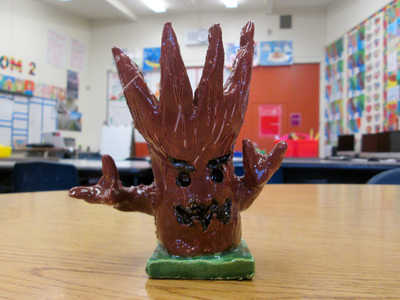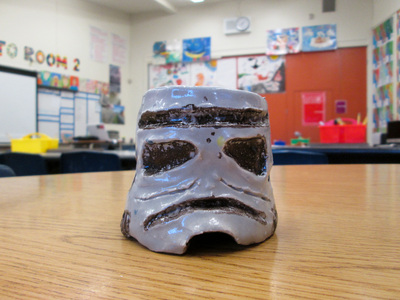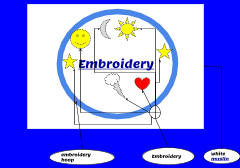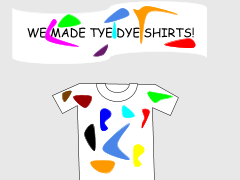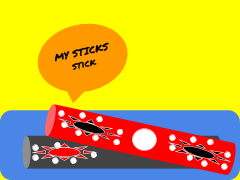Overview
|
I teach to the California Content Standards for Visual Arts and am assisted by a team of specialist teachers in art, music, physical education, Spanish, STEAM, and theater. When I worked at Stevenson PACT Elementary School, I was assisted by teachers from the Community School of Music and Arts, and the school had a half-day program, called Arts Focus, which allowed students to study a single art medium in a multi-age classroom setting once a week during two six-week sessions. In my current position. At High Tech Elementary Chula Vista, I was assisted by an exploratory team in art, engineering, and performing arts.
|
All visual aids were created by Celeste Le Duc from CSMA.
|
California Content Standards for Visual Arts
Second Grade1.0 Artistic Perception
|
Third Grade1.0 Artistic Perception
|
Fourth Grade1.0 Artistic Perception
|
Arts Focus
Teams of parent volunteers planned and facilitated Arts Focus lessons in art mediums, including collage, dance, drawing, painting, photography, performing arts, printmaking, and sculpture. Over the three years, I supported parents in the stop-motion animation and ceramics classes. Following each Arts Focus class, I asked students to write a reflection in a Google Doc in order to encourage them to contextualize their learning.
Arts Focus Drawing Exemplars
Following each of our Arts Focus sessions, I asked students to create a visual reflection as a Google Drawing in addition to their written reflections to further encourage them to contextualize their learning.
